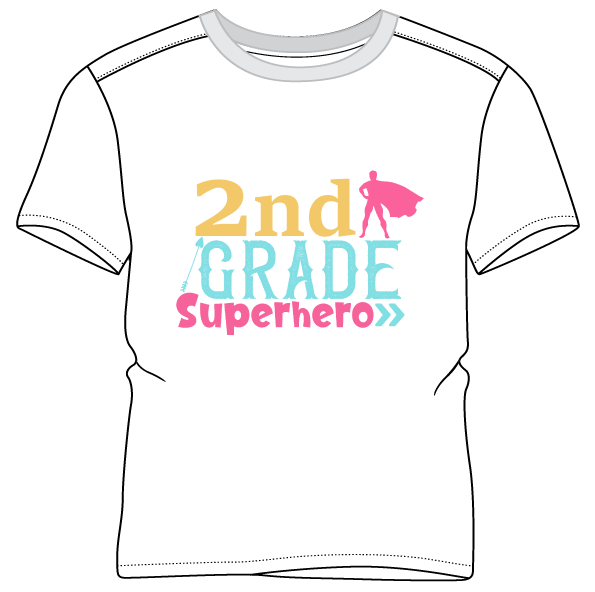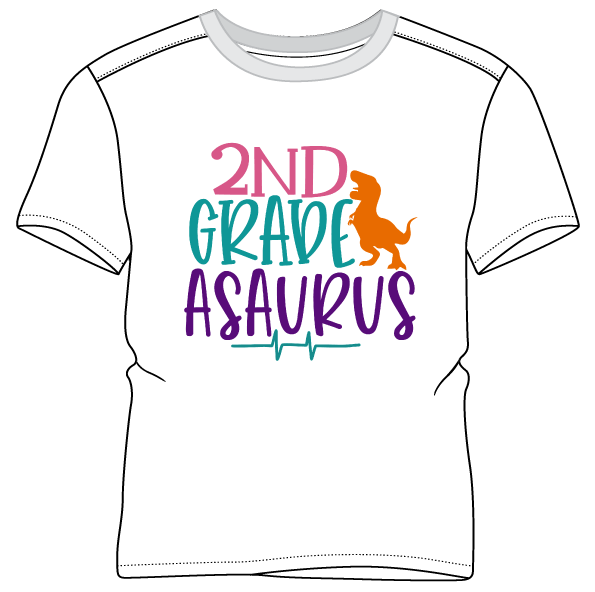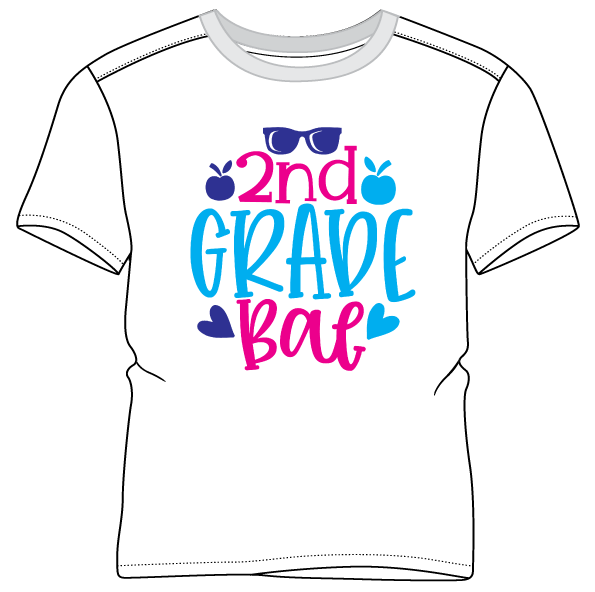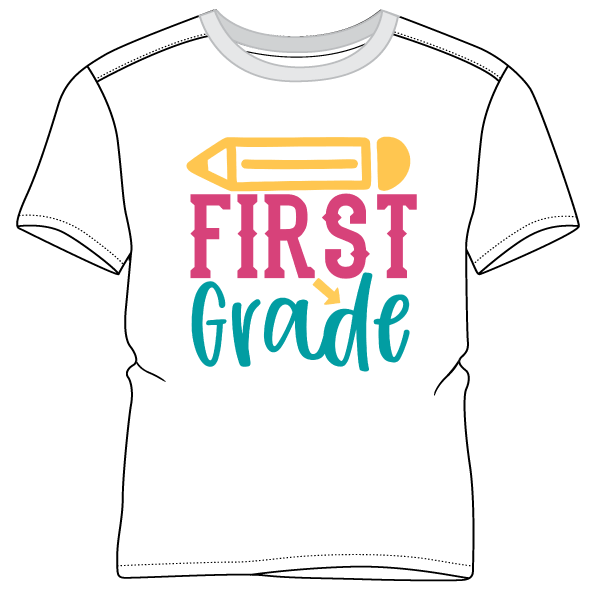Table of contents
Custom apparel printing has become one of the most effective and creative ways for individuals and businesses to express identity, promote a brand, and connect with their audience. Whether you’re a small business owner designing promotional T-shirts, an artist launching your first merchandise line, or a sports team looking for personalized uniforms, custom apparel printing provides limitless possibilities.
This industry has evolved rapidly over the past decade, transforming from basic screen prints to advanced digital and hybrid technologies. With so many options available, choosing the right printing method can be overwhelming. Each technique offers unique benefits in terms of cost, quality, durability, and design flexibility.
In this comprehensive guide, we’ll explore the top five custom apparel printing techniques—what makes each one special, how they work, their pros and cons, and how to decide which is best for your project.

1. Screen Printing: The Traditional Powerhouse
What Is Screen Printing?
Screen printing is one of the oldest and most reliable custom apparel printing methods. It involves pushing ink through a mesh stencil (screen) onto fabric, one color at a time. Each color requires a separate screen, which makes setup more complex but allows for vibrant and long-lasting designs.
Advantages of Screen Printing
- Durability: Screen prints last through hundreds of washes without fading.
- Vibrant Colors: The thick ink layer produces bold, opaque colors that pop on both light and dark fabrics.
- Cost-Effective for Bulk Orders: Once the screens are set up, large batches can be printed quickly and efficiently.
- Versatility: Works well on cotton, polyester, and even specialty fabrics.
Disadvantages
- High Setup Cost: Not ideal for small or single-piece orders.
- Limited Color Range for Complex Designs: Each color requires its own screen.
- Environmental Concerns: Traditional inks and cleaning chemicals can be less eco-friendly, though water-based alternatives exist.
Best For
Businesses or teams ordering custom apparel printing in large quantities with simple, bold designs. It’s perfect for event merchandise, uniforms, or promotional giveaways.
2. Direct-to-Garment (DTG) Printing: The Digital Revolution
What Is DTG Printing?
Direct-to-Garment (DTG) printing is one of the most innovative forms of custom apparel printing. It uses specialized inkjet technology to print full-color designs directly onto the fabric—similar to printing a photo on paper. This allows for intricate details and a smooth finish.
Advantages of DTG Printing
- Unlimited Color Options: Prints high-resolution, full-color designs with gradients and fine details.
- No Minimum Orders: Ideal for small batches or one-off items.
- Soft Feel: The ink soaks into the fibers, leaving a soft, breathable print.
- Eco-Friendly: Water-based inks reduce chemical waste.
Disadvantages
- Slower Production Speed: Not as efficient for bulk orders compared to screen printing.
- Limited Fabric Compatibility: Works best on 100% cotton and light-colored garments.
- Durability: While good, DTG prints may fade slightly faster than screen prints with frequent washing.
Best For
Artists, small brands, or individuals looking for custom apparel printing with complex, photo-quality designs and small production runs.

3. Heat Transfer Printing: The Versatile Option
What Is Heat Transfer Printing?
Heat transfer printing involves using heat and pressure to transfer designs from a printed sheet (vinyl or sublimation paper) onto fabric. It’s a flexible custom apparel printing technique suitable for both home-based businesses and professional setups.
Types of Heat Transfers
- Vinyl Heat Transfer: Uses pre-cut vinyl designs applied with a heat press.
- Sublimation Transfer: Uses special sublimation inks that turn into gas and bond with polyester fibers.
- Digital Heat Transfer: Involves printing a design onto transfer paper and pressing it onto the garment.
Advantages of Heat Transfer Printing
- Ideal for On-Demand Production: Great for printing small orders or custom names/numbers.
- Vibrant and Detailed Designs: Suitable for full-color images and logos.
- Easy to Customize: Perfect for personalization, like team jerseys or event shirts.
Disadvantages
- Durability: May peel or crack over time, depending on the quality of vinyl and washing conditions.
- Limited Fabric Choices: Sublimation works only on polyester or coated surfaces.
- Less Breathable: Vinyl layers can feel thicker on the fabric.
Best For
Those who want custom apparel printing for small batches, personalized gifts, or event-based apparel like marathons, birthdays, or corporate outings.
4. Dye Sublimation: The Professional Choice for Polyester
What Is Dye Sublimation?
Dye sublimation is a high-end custom apparel printing technique that uses heat to infuse dye directly into polyester fibers. Unlike other methods that sit on top of the fabric, sublimation embeds color within the material itself, creating a smooth, permanent finish.
Advantages of Dye Sublimation
- Permanent Prints: The colors won’t crack, fade, or peel over time.
- All-Over Designs: Perfect for large, edge-to-edge graphics on shirts, jerseys, or hoodies.
- Lightweight and Breathable: Since there’s no ink layer, the fabric remains soft and airy.
Disadvantages
- Fabric Limitation: Only works on polyester or polymer-coated fabrics.
- Color Limitation: Works best on white or light-colored garments.
- Higher Equipment Cost: Sublimation printers and heat presses can be expensive.
Best For
Sports teams, activewear brands, and anyone seeking professional-grade custom apparel printing with durable, full-color designs on polyester fabrics.

5. Embroidery: The Premium Touch
What Is Embroidery?
While technically not a printing method, embroidery remains one of the most popular techniques in custom apparel printing for its premium, textured finish. It involves stitching designs directly into the fabric using thread, offering a timeless, upscale look.
Advantages of Embroidery
- High Durability: Stitches last through countless washes without fading.
- Professional Look: Adds depth and texture, making logos and monograms stand out.
- Ideal for Various Fabrics: Works on cotton, polyester, fleece, denim, and more.
Disadvantages
- Limited Detail: Not ideal for very small text or intricate artwork.
- Higher Cost per Unit: Especially for large or colorful designs.
- Heavier Feel: Can be less comfortable on thin fabrics.
Best For
Corporate uniforms, hats, jackets, and polos that need a custom apparel printing solution with a professional and elegant finish.
How to Choose the Right Custom Apparel Printing Technique
Selecting the best custom apparel printing method depends on several key factors. Before investing in any printing service or equipment, consider the following:
1. Order Quantity
- Large Orders: Go with screen printing for cost efficiency and durability.
- Small Orders or One-Offs: DTG printing or heat transfer is more practical.
2. Fabric Type
- Cotton: Works best with DTG and screen printing.
- Polyester: Choose sublimation printing for superior color bonding.
- Blends: Most techniques work, but test before mass production.
3. Design Complexity
- Simple, Bold Graphics: Screen printing or embroidery.
- Full-Color or Photorealistic Designs: DTG or sublimation.
4. Budget and Equipment
- Low Budget: Heat transfer printing offers flexibility without heavy investment.
- High-End Production: Sublimation and embroidery provide premium results.
5. Desired Finish and Feel
- Soft and Smooth: DTG or sublimation.
- Textured or Raised: Embroidery or vinyl heat transfer.
By aligning these factors with your goals, you can find the custom apparel printing technique that best fits your needs.

The Future of Custom Apparel Printing
Technology is advancing quickly, and the custom apparel printing industry is evolving with it. Hybrid printers now combine DTG and screen printing, while AI-powered design tools make it easier to create stunning artwork. Eco-friendly water-based inks and biodegradable materials are also becoming standard, reducing the industry’s environmental footprint.
Top 10 Fast T Shirt Printing Services for Last-Minute Orders
As e-commerce continues to grow, on-demand printing and fulfillment services are empowering entrepreneurs to start apparel brands without inventory risk. This democratization of printing technology means anyone can now turn a creative idea into a wearable product within days.
Conclusion:
Choosing the right custom apparel printing method depends on your design, fabric, budget, and long-term goals. Whether you need hundreds of bold T-shirts for an event or a single detailed hoodie for your brand, understanding the pros and cons of each technique helps you make an informed decision.
- Screen printing remains the gold standard for bulk, bold designs.
- DTG printing excels in detail and flexibility.
- Heat transfer is perfect for short runs and customization.
- Sublimation offers unmatched quality for polyester garments.
- Embroidery adds a premium, professional edge to any apparel.
No matter which method you choose, custom apparel printing gives you the power to tell your story, showcase your creativity, and make your brand stand out—one garment at a time.
🎉 Design Smarter, Not Harder — Download Free Open-Source T-Shirt Graphics! 👇